Behind the Scenes With: Isabelle Delbosc on Isa In Stitches Patterns
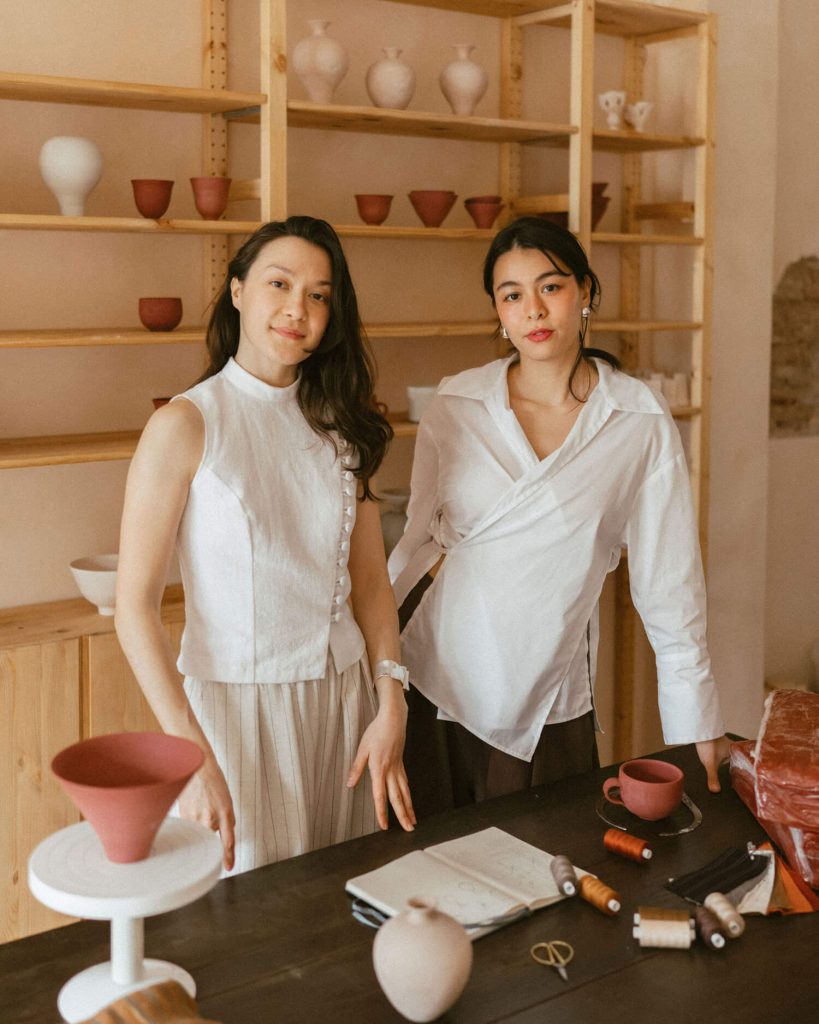
Isabelle Delbosc (right) and her Lino y Barro SS25 capsule collection in collaboration with ceramist Issey Roquet (left). Photo by Clarisse de Thoisy
Tell us a bit about yourself.
I’m Isabelle, I’m French, half Korean through my mom, and I currently live in France. As a student, I lived in the US for a year, in China for a year, and I worked in Berlin, Germany for three years before coming back to Paris right before Covid.
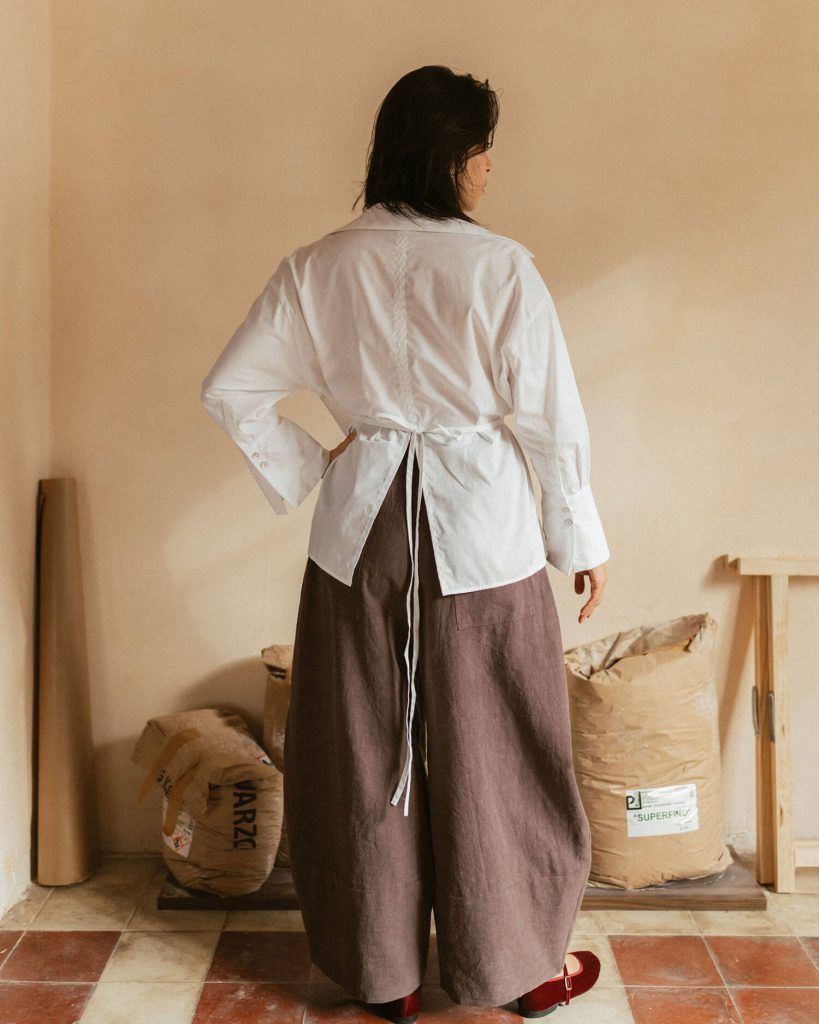
Lino y Barro SS25 capsule collection in collaboration with ceramist Issey Roquet. Photo by Clarisse de Thoisy
What’s your path? How did you arrive at pattern making as a business?
I always liked art and design, but after high school, I chose not to take what seemed to me a risky path (risky because I was afraid I didn’t have any talent), so I played it safe and continued studying the subjects I had enjoyed in high school. I studied French literature with English as a minor, and I absolutely loved those undergraduate years. I then went on to study business for my master’s. I didn’t particularly like it, but I knew it would be useful because I had always wanted to have my own business—ever since I was a child (though back then I dreamt of having a hotel).
I never forgot about fashion, though. I regularly checked fashion school websites, wondering if it was for me, if I should start studying again…
Then I moved to Berlin to join my German (now ex) boyfriend. As I was looking for a job, a company called Makerist reached out to me: they had a marketplace for patterns and were also selling DIY online courses, and they were looking for someone to help them expand into the French-speaking market. It was a marketing and, more broadly, a business development position.
I loved my job, I loved the team, and discovering what sewing patterns were—the sewing community online, the fact that people were making a living selling clothing styles in PDF—I had a life-changing aha moment: this was for me. I had discovered a way to work in fashion without having to go to fashion school. So I took sewing and pattern drafting classes, learned to use Illustrator, InDesign, Premiere… There was a lot to learn, and I’m certainly not done learning!
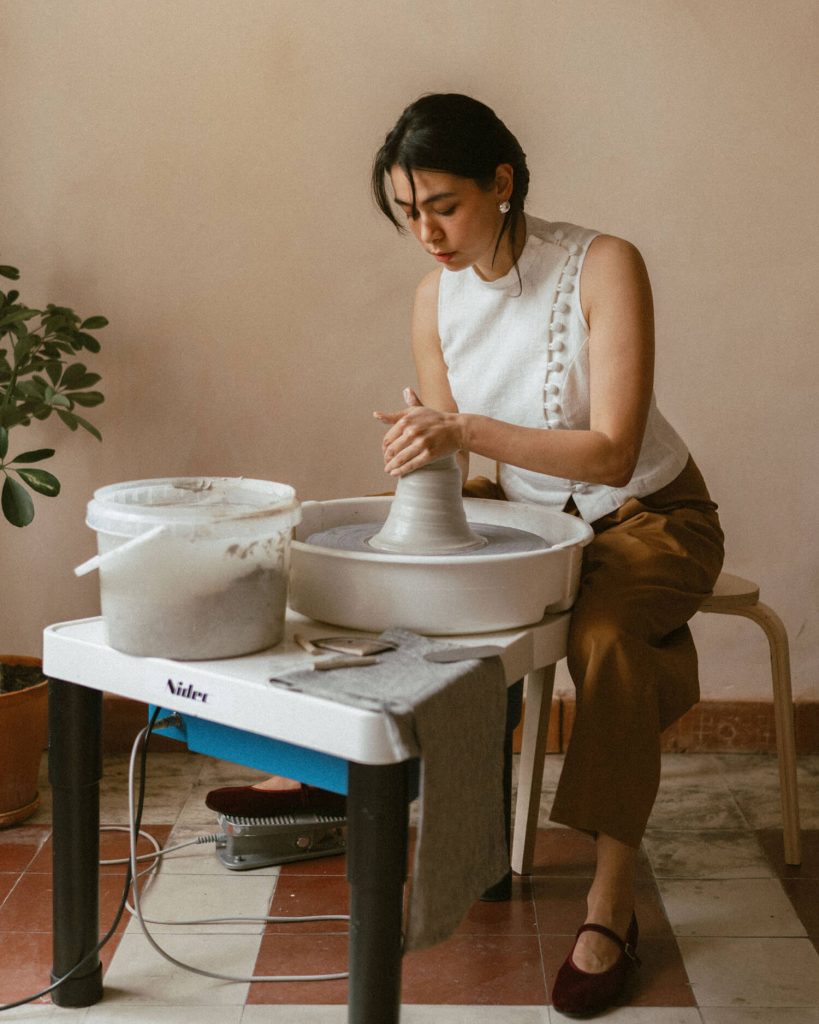
Lino y Barro SS25 capsule collection in collaboration with ceramist Issey Roquet. Photo by Clarisse de Thoisy
Describe your normal working day.
This year I joined a fashion entrepreneurship program at the IFM (Institut Français de la Mode), a fashion school here in Paris. So we have classes, workshops, or talks with someone from the industry one or two days a week.
Otherwise, my schedule follows phases that correspond to the pattern development process. I’ve been working on Lino y Barro, my SS25 collection, since December. The first phase was designing, the second pattern making, and the third was formatting the files and making the video tutorials for YouTube.
Now that the collection has launched, I spend most of my time preparing posts for social media, which involves sewing, filming, and editing. I’m not good at multitasking, so over the past few months I stopped exercising and reading, and now I’m taking more time to do that.
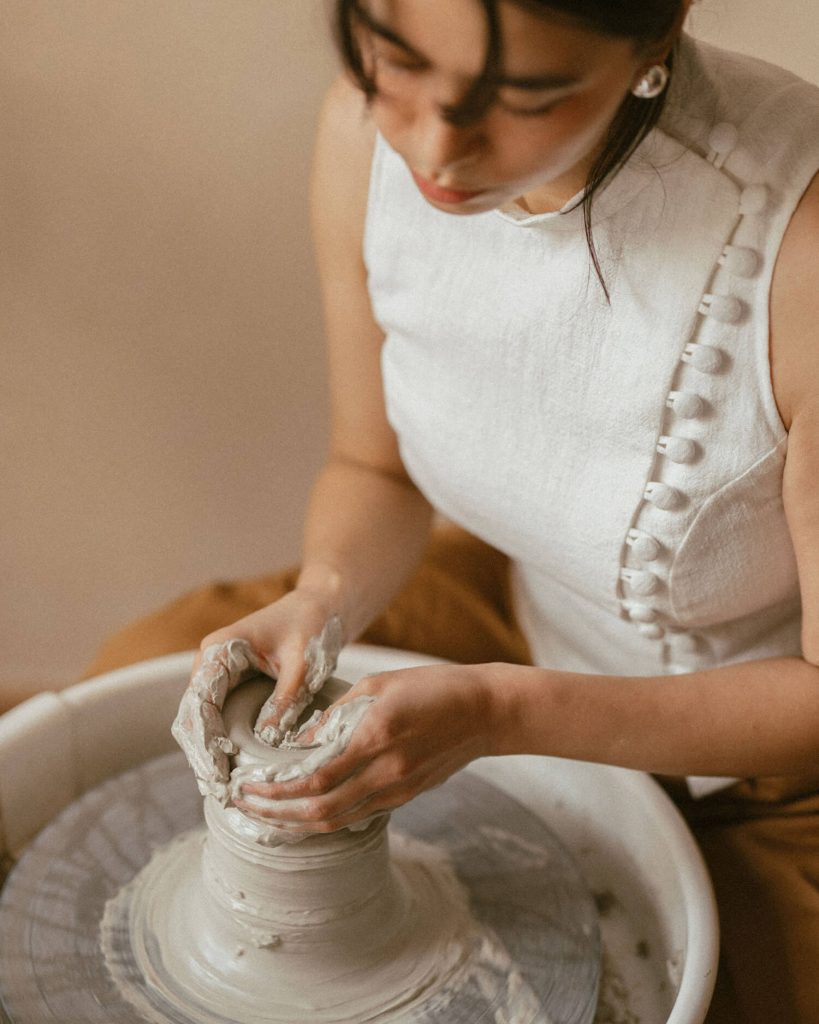
Lino y Barro SS25 capsule collection in collaboration with ceramist Issey Roquet. Photo by Clarisse de Thoisy
How does it feel to be doing what you love?
It’s amazing. Discovering the sewing community, that sewing patterns existed and could be sold, was a pivotal moment in my life. I can’t believe I’m actually doing fashion—and in an alternative way at that: a way that doesn’t participate in consumerism, that fosters creativity and well-being, and that’s community-oriented.
And I can’t believe I have my own business. After some years of just making ends meet, I can sometimes relax (a bit, lol—I’m still very stressed about money).
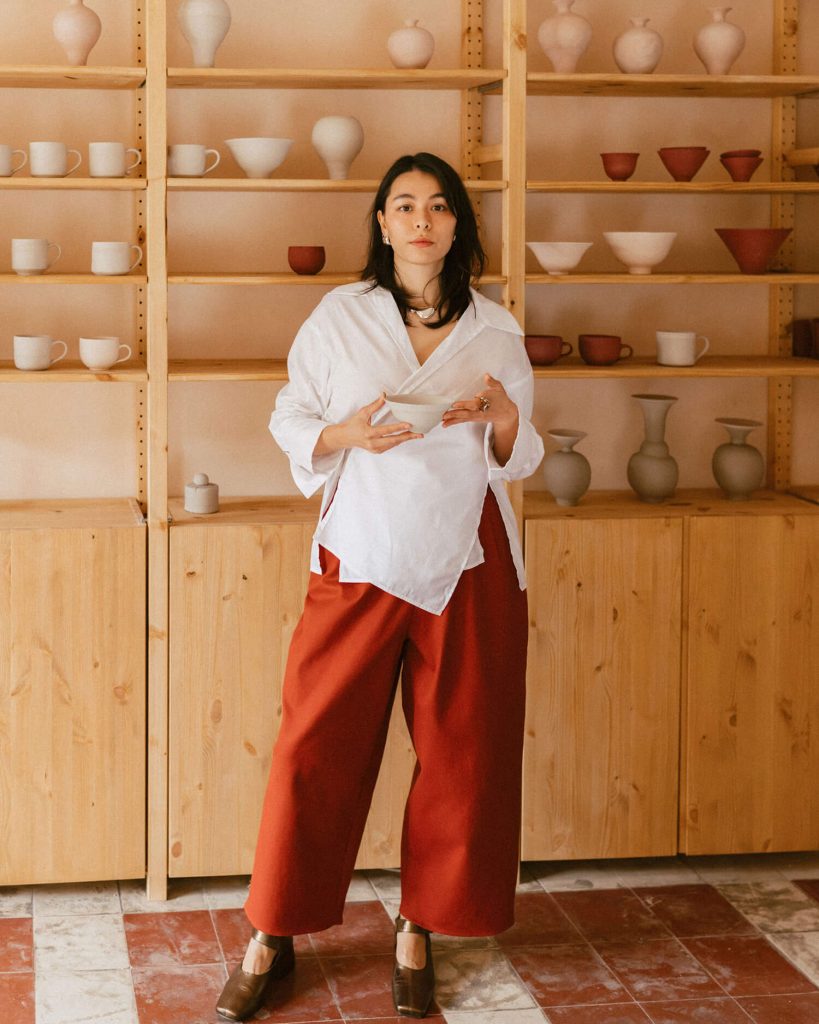
Lino y Barro SS25 capsule collection in collaboration with ceramist Issey Roquet. Photo by Clarisse de Thoisy
What are the hardest aspects of owning your own business?
Two things. First, money. I’m very scared of being poor. Having my own business means unstable revenue, and it certainly doesn’t help with my money-related anxiety.
Second, I see this activity as a way to express my creativity. When it was time to choose what to study at university, I shied away from art and design out of fear of not being talented enough. Now I don’t bother wondering whether I have talent or not—I just know I have something to express. It gives me an excuse to keep learning, to train my aesthetic eye, to produce pretty and useful things, and that gives me a lot of pleasure and satisfaction.
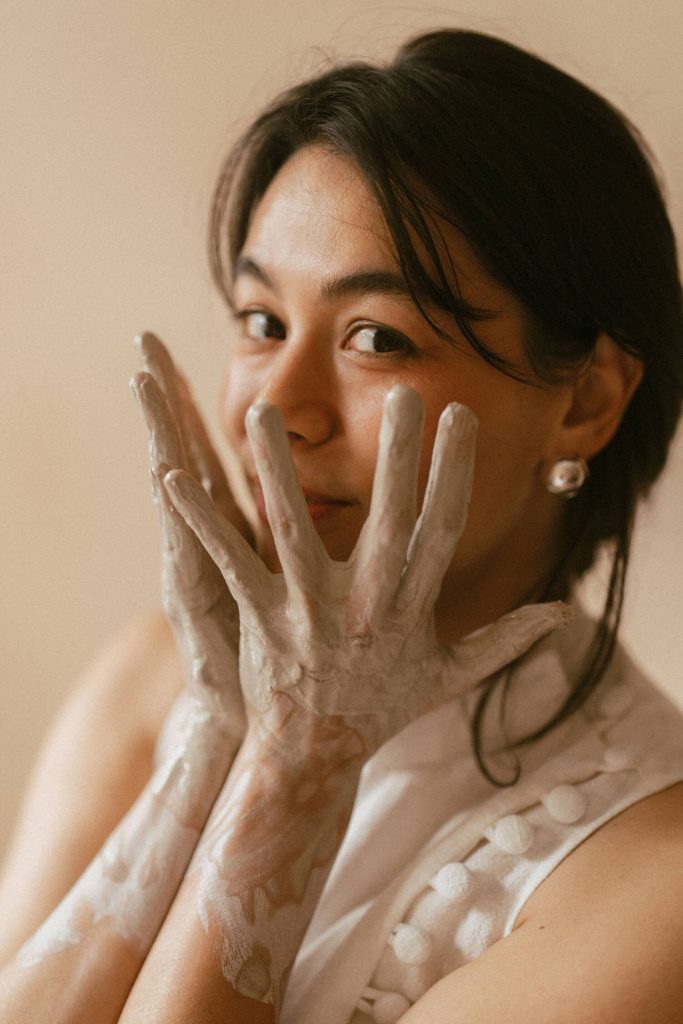
Lino y Barro SS25 capsule collection in collaboration with ceramist Issey Roquet. Photo by Clarisse de Thoisy
What do you enjoy the most?
I love the moment when the toile is right—when it’s what I imagined or better.
I also like making content. One video can be done rather quickly, and if it gets views and comments, it’s fun and rewarding.
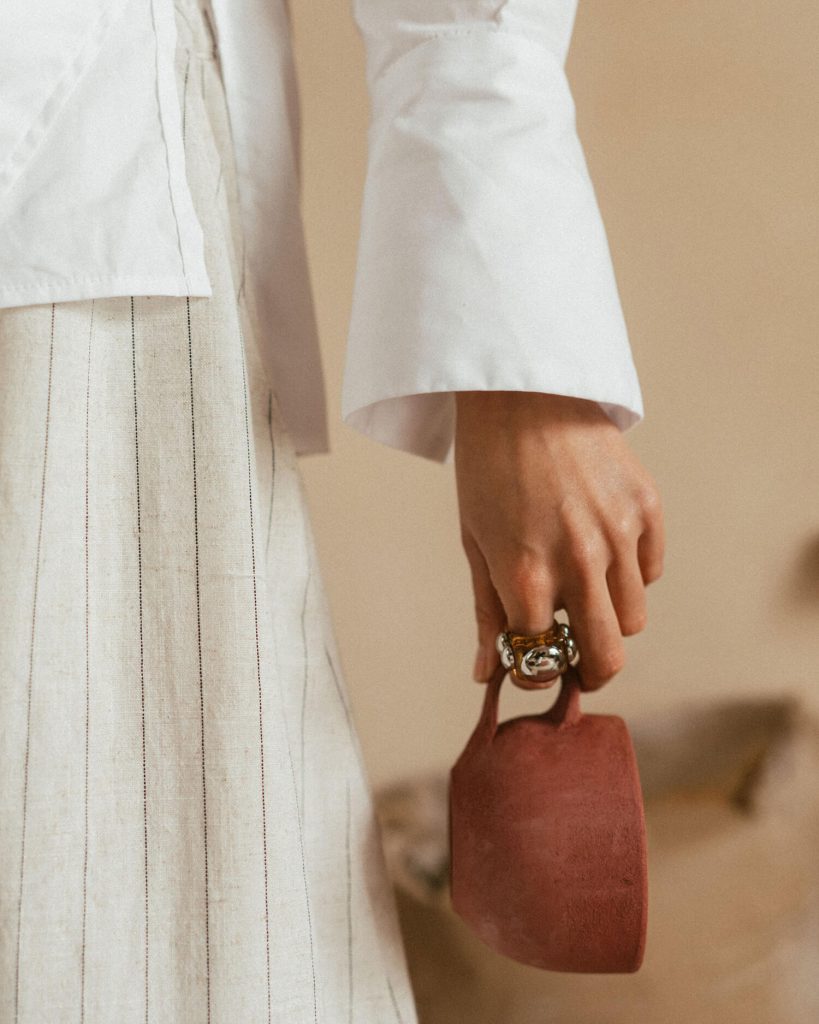
Lino y Barro SS25 capsule collection in collaboration with ceramist Issey Roquet. Photo by Clarisse de Thoisy
What is your proudest moment?
I don’t know if I feel very proud of anything, but I feel relief, gratitude, and emotion when I finish a project, when I think it looks good and I gave it my best, and I can finally rest.
What are your most successful 3 patterns? What do you think makes them popular?
The Let It Snow polar fleece sweatshirt is my best seller, although it mostly sells during the colder months. I think its success is due to it being a rather classic design, and it’s unisex—so if you buy it, you can make it for your whole family.
Then comes the Maggie cami top. It’s simple to sew and cute… I guess that’s why people like it?
And third, the Comfort Hood! Honestly, I know it’s not the most aesthetically pleasing garment, but it’s so convenient!! I basically wear mine one third of the year.
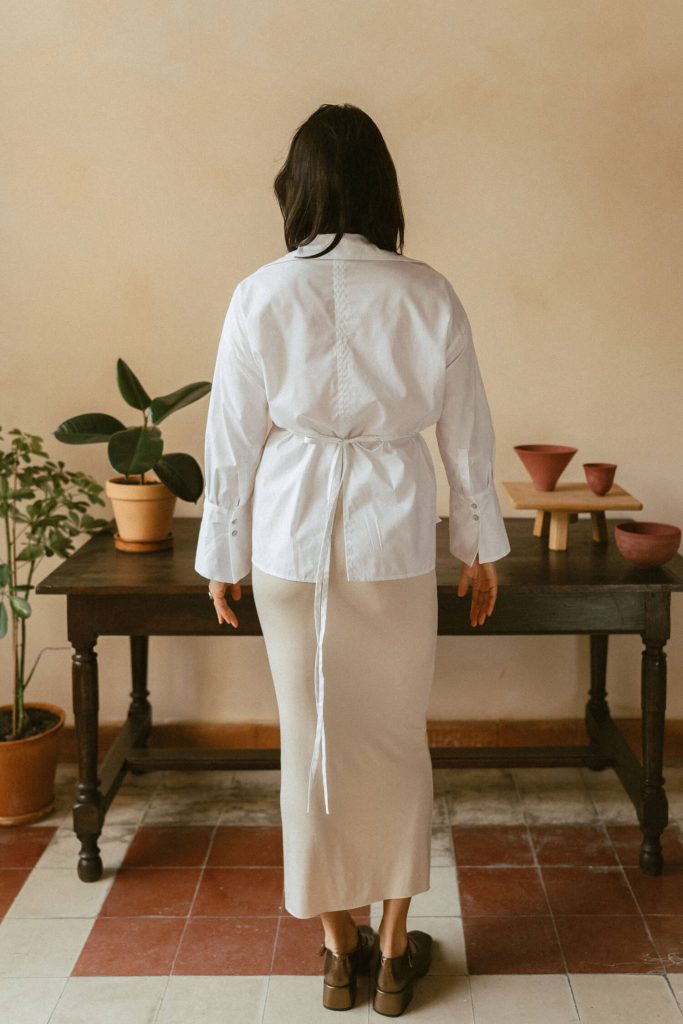
Lino y Barro SS25 capsule collection in collaboration with ceramist Issey Roquet. Photo by Clarisse de Thoisy
Tell us about your process, from idea to pattern.
I’d like to release more collections instead of one-off patterns as I did in the past (which I’ll probably still do here and there).
So I start by thinking of a character and their story: where do they live, what’s their lifestyle, their aesthetic? I also have to take the season into account. I make a moodboard. I draw the styles. I let it sit for a couple of days before reaching out to my pattern maker—I send a brief and wait for the first version of the pattern to be ready. We go through several iterations until I’m happy with the style.
Meanwhile, I choose the color palette and go fabric hunting; I often have to adapt the palette based on what I find.
After that, I sew the styles in front of the camera, filming the tutorials. I edit the videos. I make the files (pattern, cutting plan, pattern sheet). I take pictures of the finished products. For Lino y Barro, I hired a photographer, but I’m not sure I’ll have the budget to do that again.
Then comes the launch: for a while, I’ll be making content for social media.
Who is your customer and how do they find you?
My customer is a woman between 25 and 44. She’s curious and creative, and she’s into other crafts like knitting and pottery. She likes nature, animals, cooking, and reading.
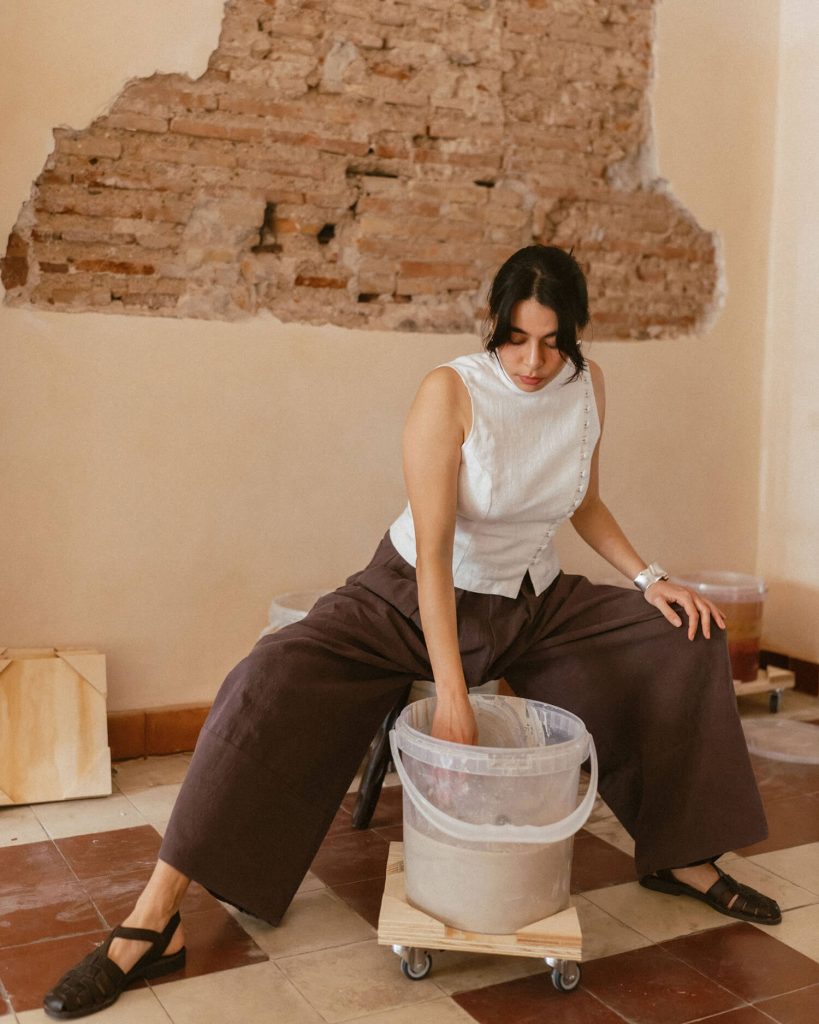
Lino y Barro SS25 capsule collection in collaboration with ceramist Issey Roquet. Photo by Clarisse de Thoisy
As I mentioned before, I was enrolled in the IFM entrepreneurship incubator throughout the year. Back in December, the students had the opportunity to participate in a contest with the chance to win €20,000 (first prize) and €10,000 (second prize). The only rule was to be creative and impress the jury.
I had wanted to level up my creative game for a while and create a small collection with a truly coherent aesthetic. This was the perfect opportunity to finally do it. I had four months to develop the collection. I wanted to do a collaboration with an artist or artisan and had this idea of working with someone who creates 3D objects,someone who could inspire me with their use of color and texture. Maybe a florist? Maybe a ceramicist?
While looking for inspiration on YouTube, I came across a video by Issey Roquet about ceramicists to follow. I started googling each one, trying to get a feel for their vibe… until I realized I should just ask Issey herself! I really liked her aesthetics and personal energy. I DMed her on Instagram, explaining the project. She said yes, and we had a call to get to know each other better. She sent me some examples of the types of clothes she likes, I spent some time exploring her Pinterest boards, and then I drew a few silhouettes for her to choose from.
From there, I moved on to the pattern-making step. Because there wasn’t much time, I hired five pattern makers to work on the five designs. It was a big investment for me and a bit stressful, but the pattern makers I found were lovely, and I was so grateful for their patience and professionalism.
Meanwhile, we were suddenly notified of a new step for the contest: we had to produce a short video teaser for our project. As I was already completely overwhelmed, I panicked a bit and called Issey to ask if she would be interested in making the video. Originally, I didn’t really know how to include her in the project beyond her role as muse and model. With the distance (she lives in Valencia, Spain, and I live in Paris, France), us not knowing each other well yet, and the amount of work involved, I just didn’t have the capacity to think further about how to include her if she wanted to be more involved—knowing that she’s busy too! But anyway, this task of making a video suddenly came up, and Issey produced a beautiful, very sensorial teaser that the jury liked very much.
Once the pattern-making step was done, I moved on to sewing the garments in Issey’s size to prepare for the photoshoot. It was a lot of sewing, I was very stressed because I’m slow and we had a tight deadline for the shoot in Valencia. Luckily, everything went well and all the clothes were ready for D-day in Valencia.
The shoot wasn’t as stressful as I thought it would be because Clarisse was in charge, and she’s a good friend of Issey’s, so they had smooth communication, testing things and exchanging quick feedback. Also, it’s not easy to model and Issey turned out to be good at it!
The date of the presentation for the contest was mid-March. Issey came to Paris for it and… we didn’t win. I knew we had a low chance of winning because the incubator and the IFM are linked to a very institutionalized way of doing fashion,the jury was looking for a brand that would be fashion week material, and well, I came with something completely different: DIY and dematerialized. But I’m so grateful for this experience,I had never done anything like this before. It was so good to work in a team for once and to exchange ideas with these super talented women.
What are your plans for this year? Are you intuitive with where you are heading, or are you a rigid planner?
I want to improve the quality of my products: better tutorials, both PDF and video; pattern files adapted for projectors…
And also improve the style of my patterns: collections instead of one-off patterns to really offer an aesthetic vision, nicer pictures, and I’d like to post content more regularly.
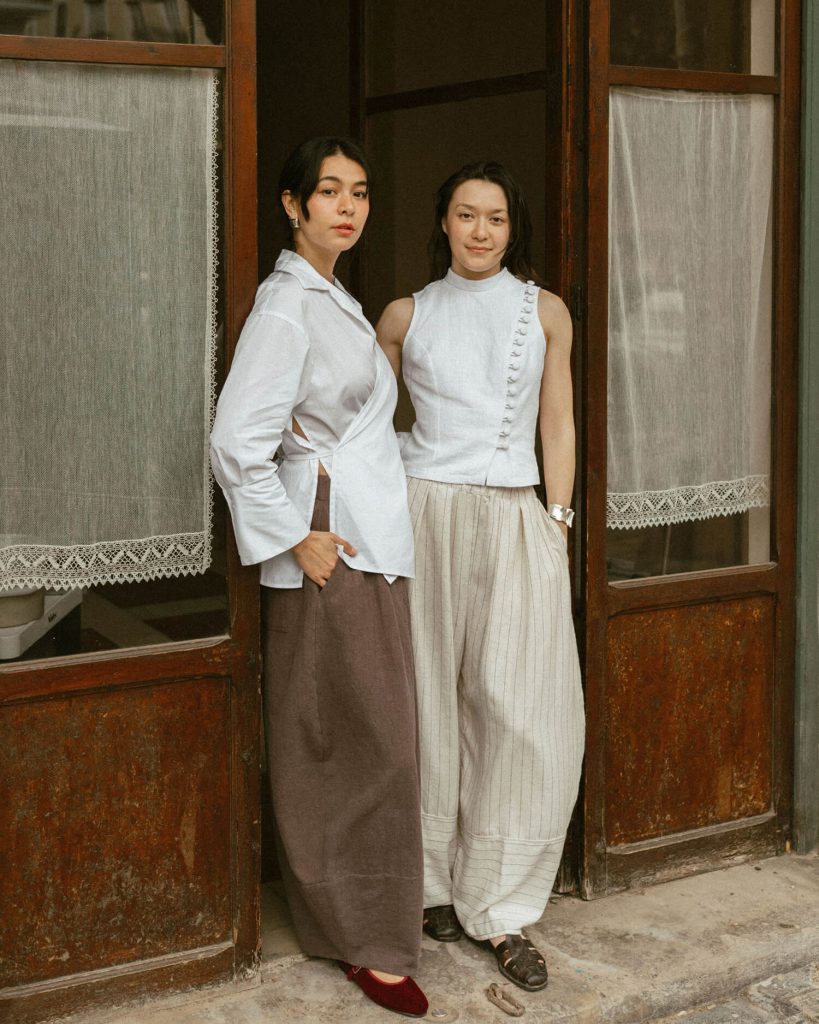
Isabelle Delbosc (right) and her Lino y Barro SS25 capsule collection in collaboration with ceramist Issey Roquet (left). Photo by Clarisse de Thoisy
What does success mean to you?
I’d like to increase my revenue and stabilize it so I can worry a bit less. I’d like to create products and content that I find beautiful. I don’t mean that everything has to be polished, as if I had a regular fashion brand—no, I wouldn’t want perfect models in the pictures. But I’d like to find my voice, my style, look at it all and find it beautiful.
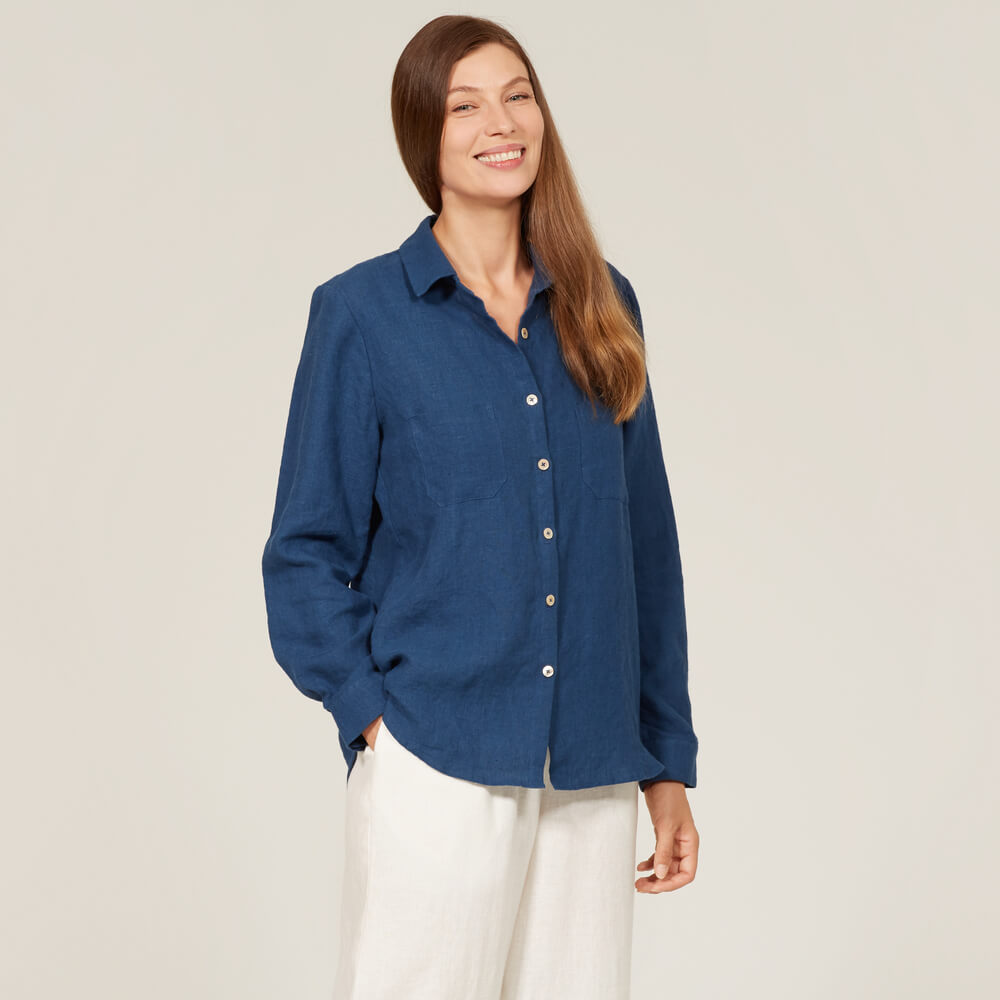

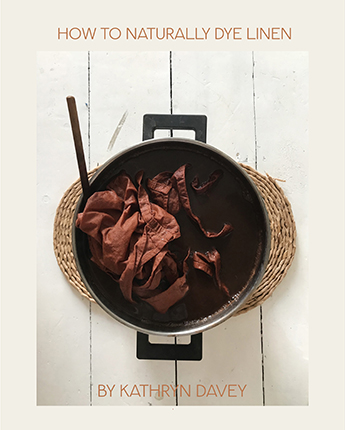
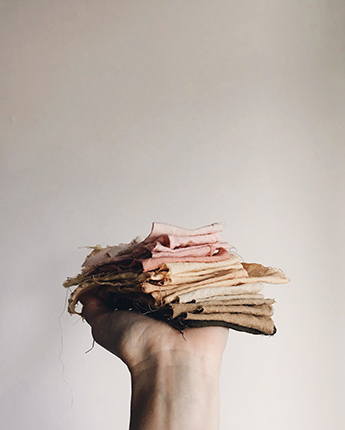

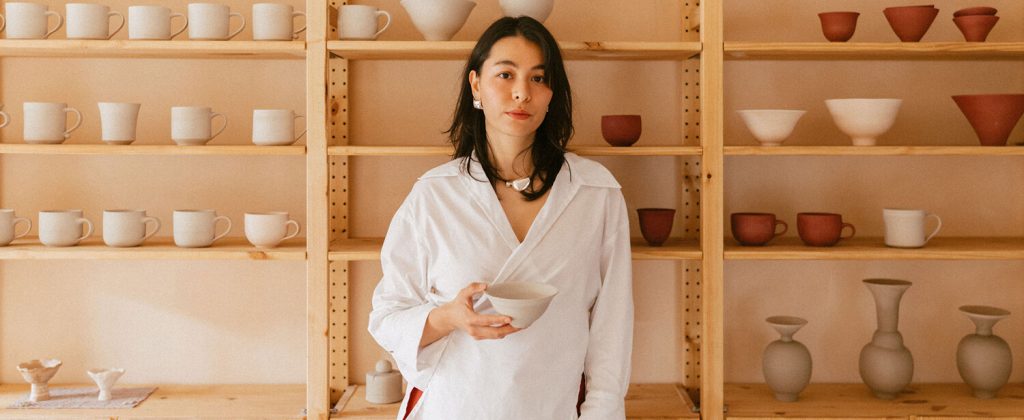
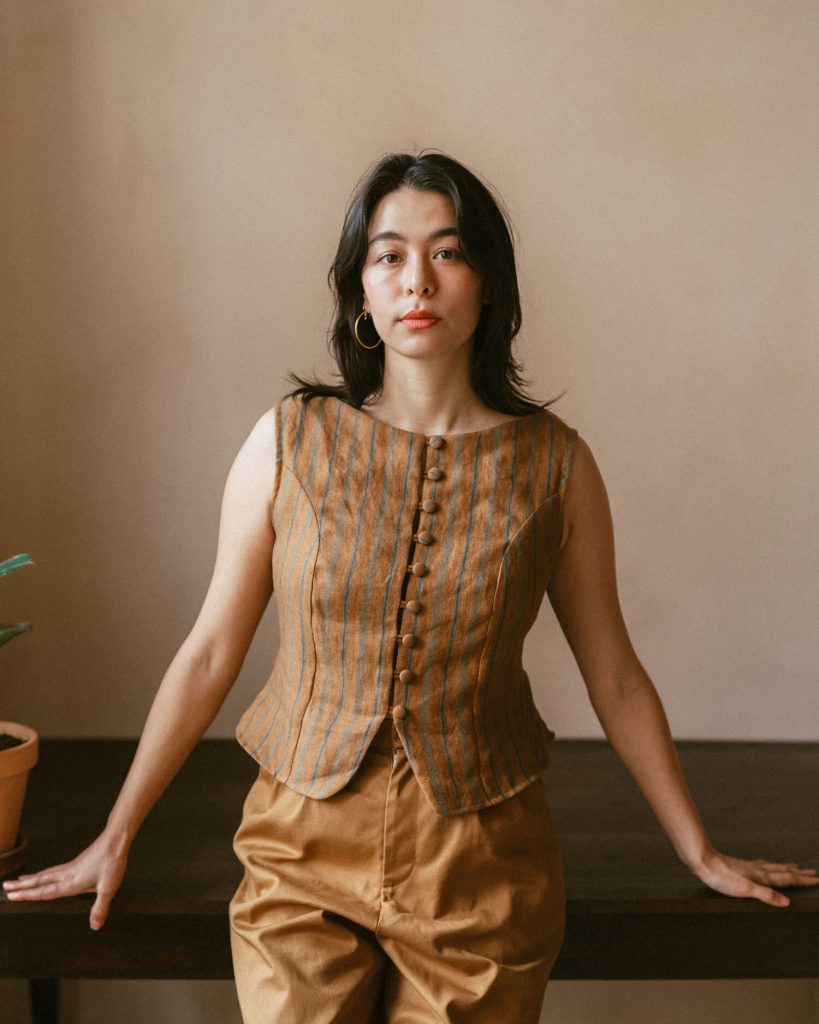

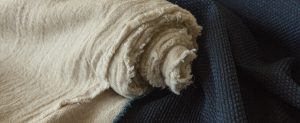
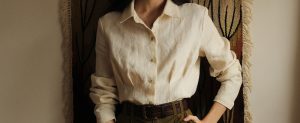
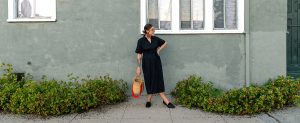
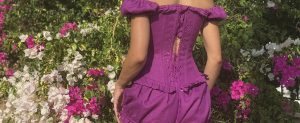
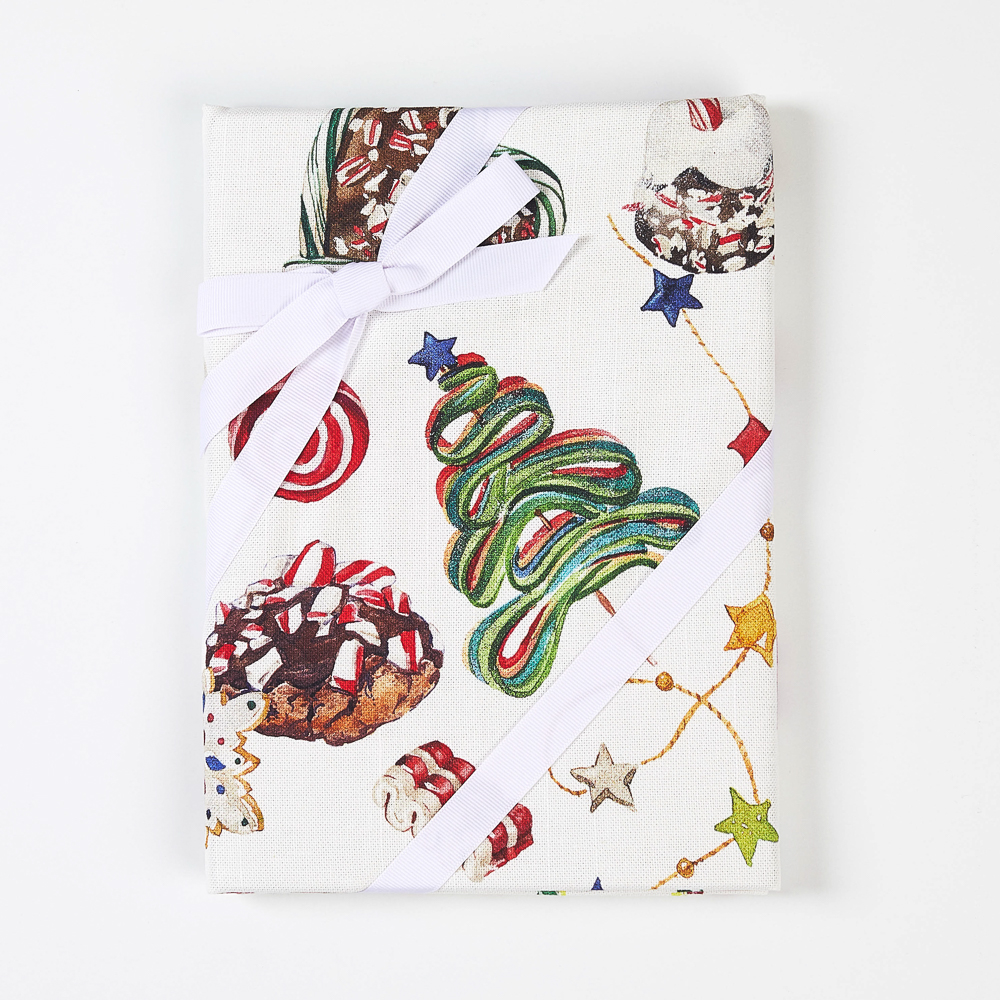
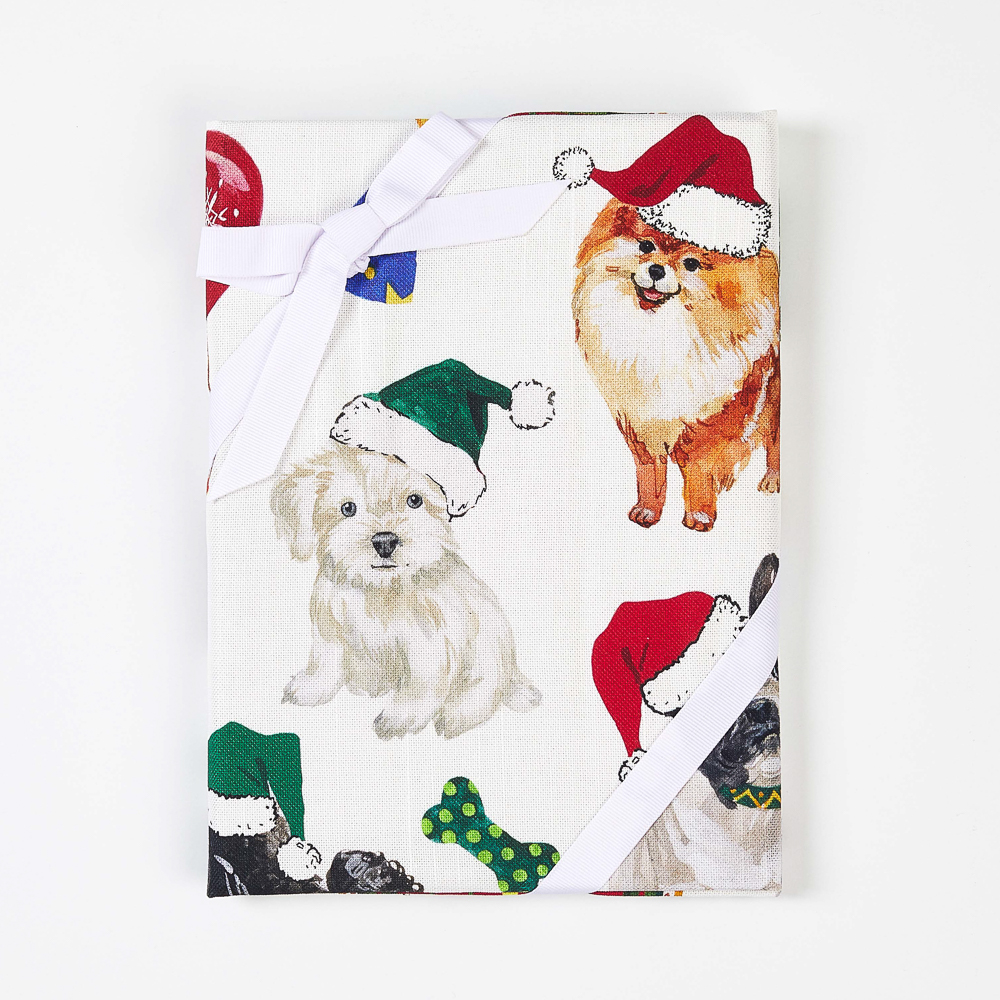
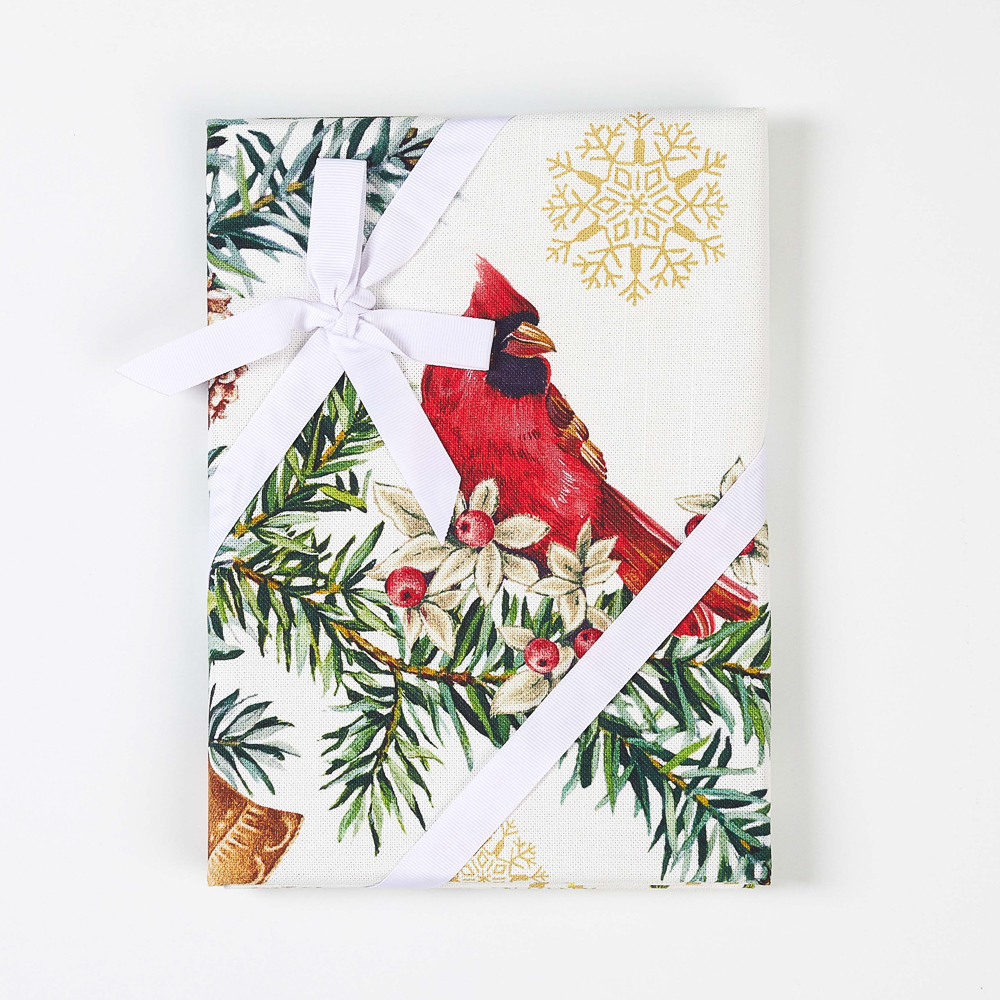
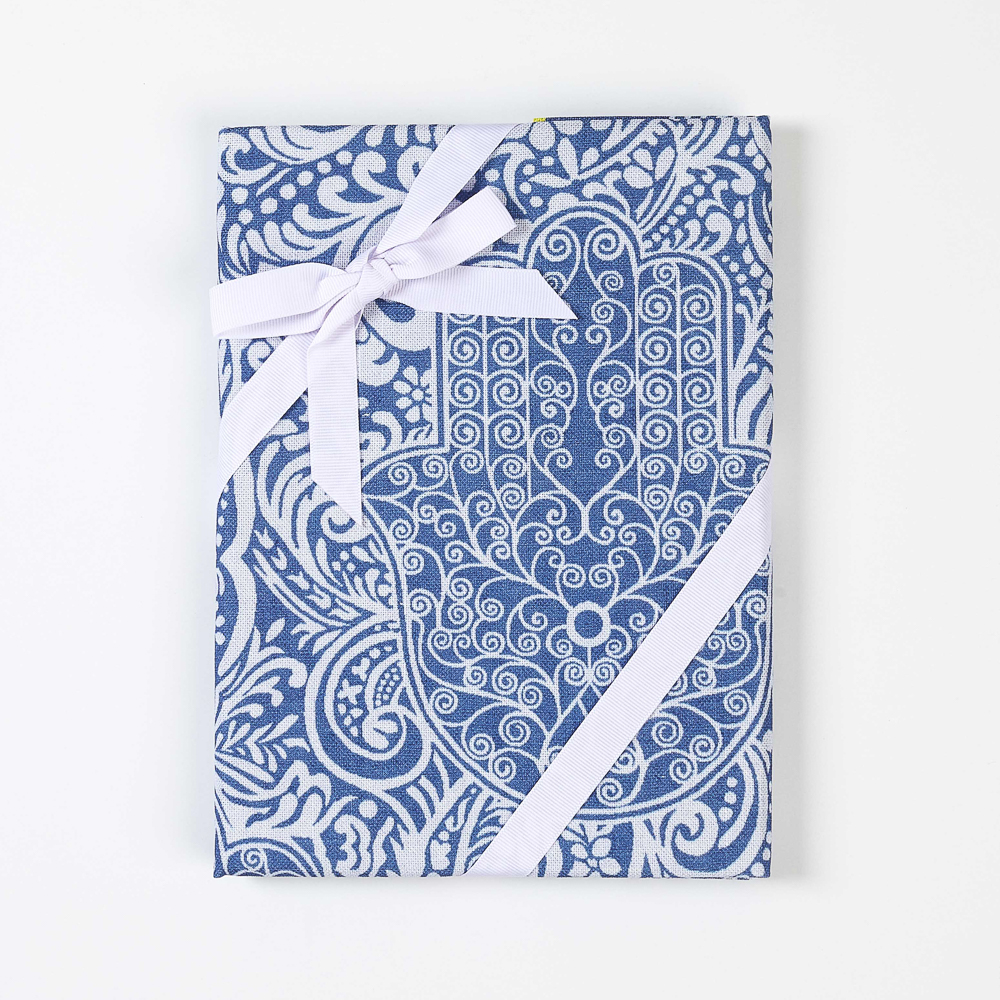
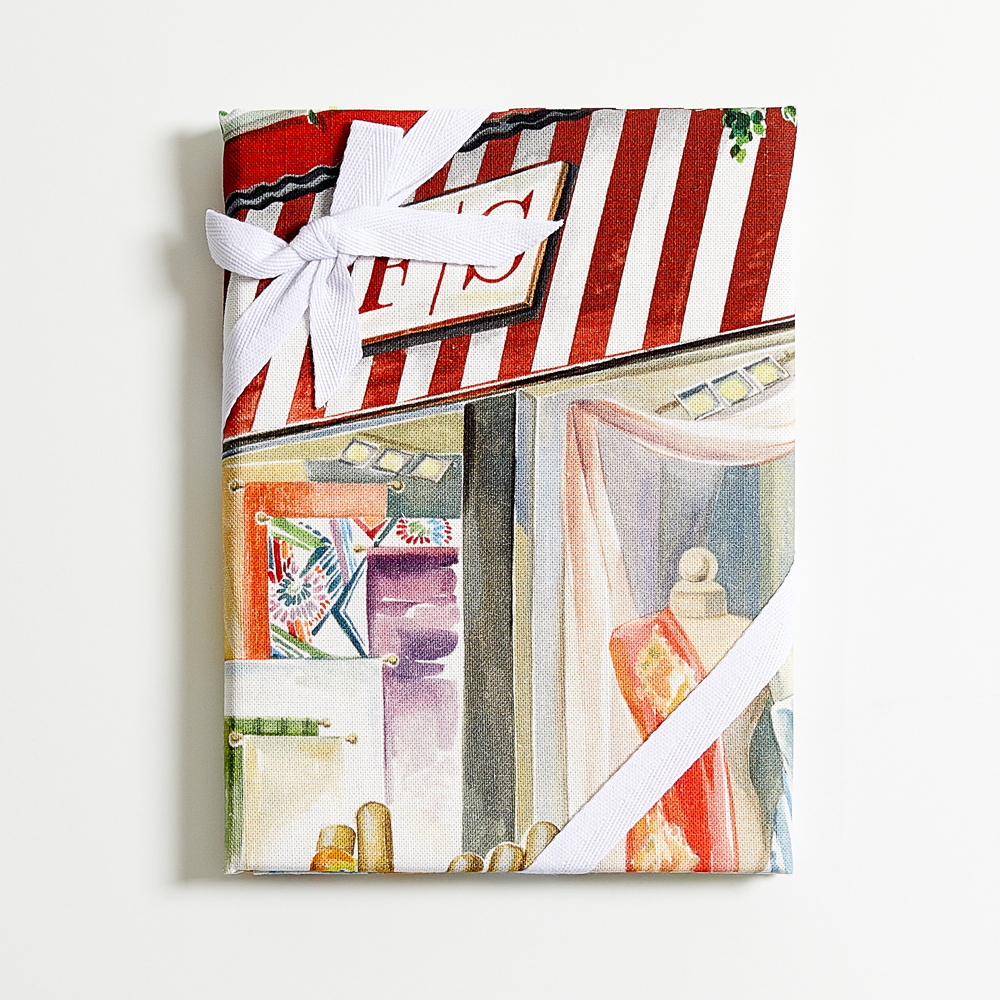
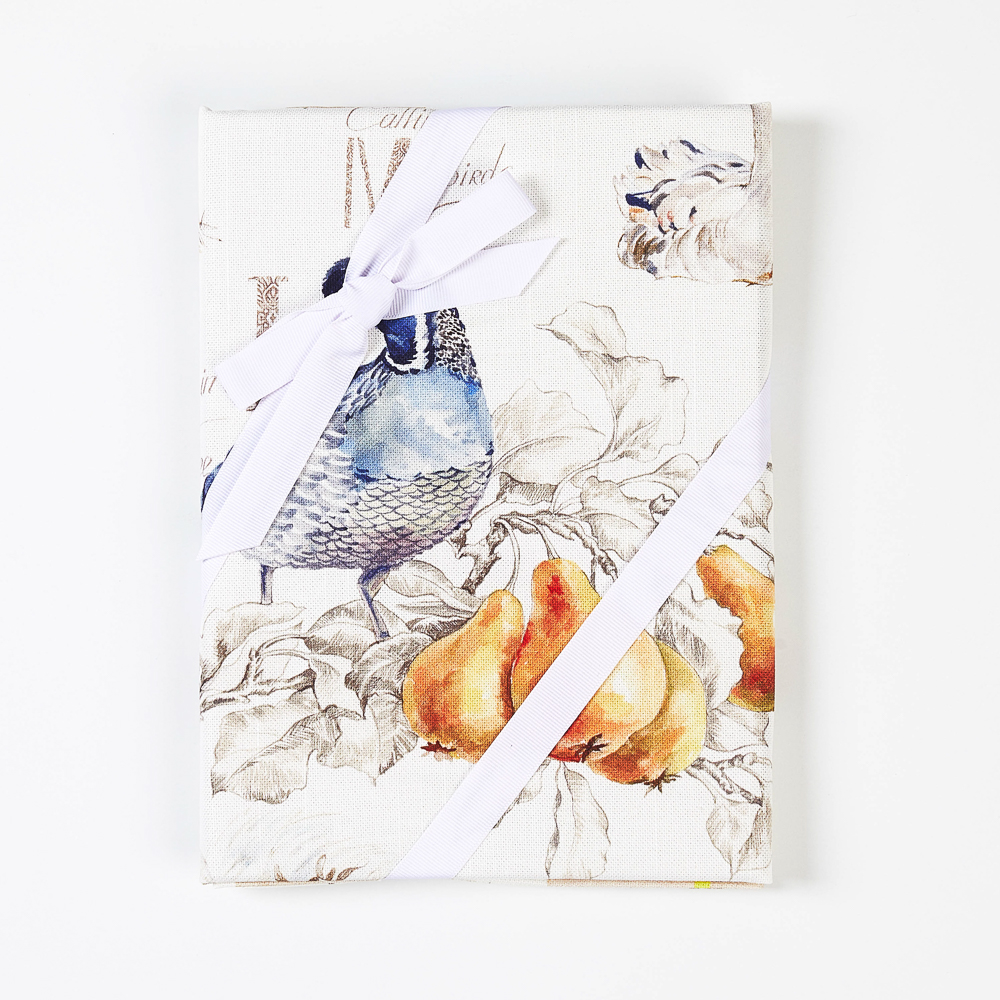
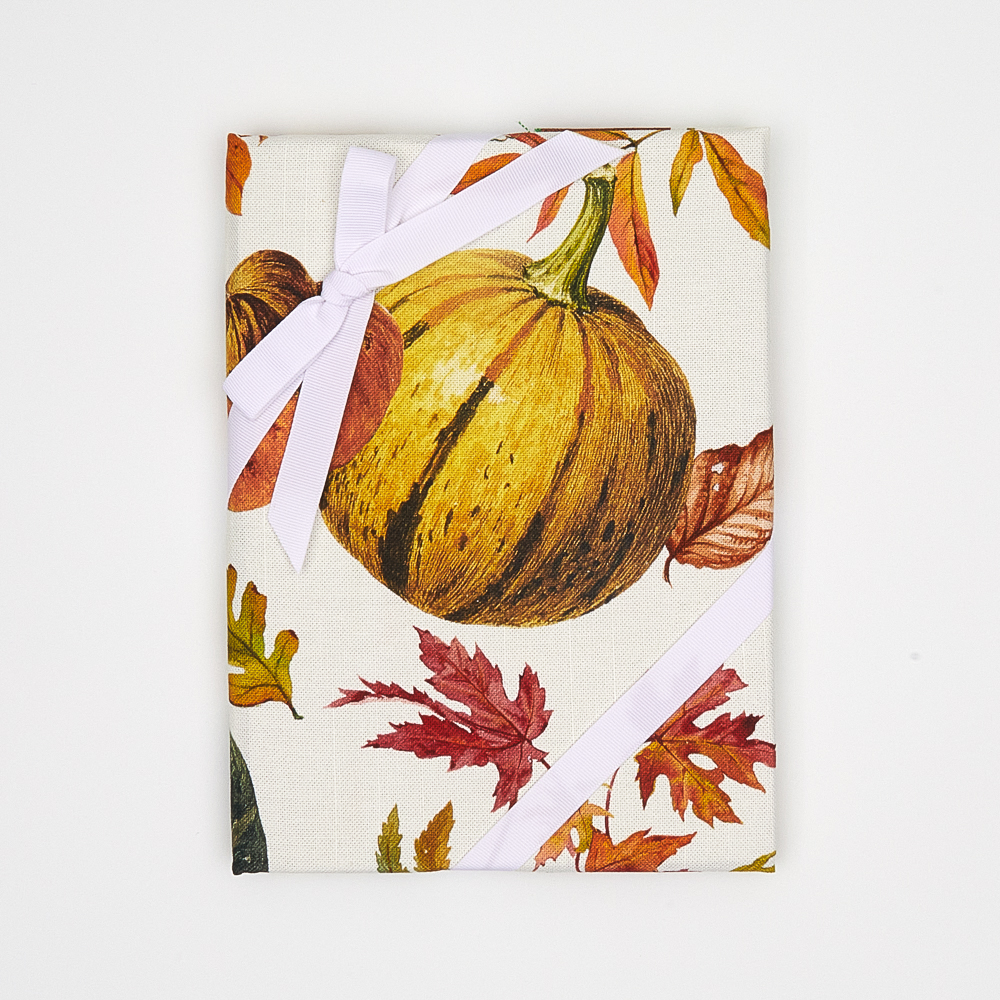

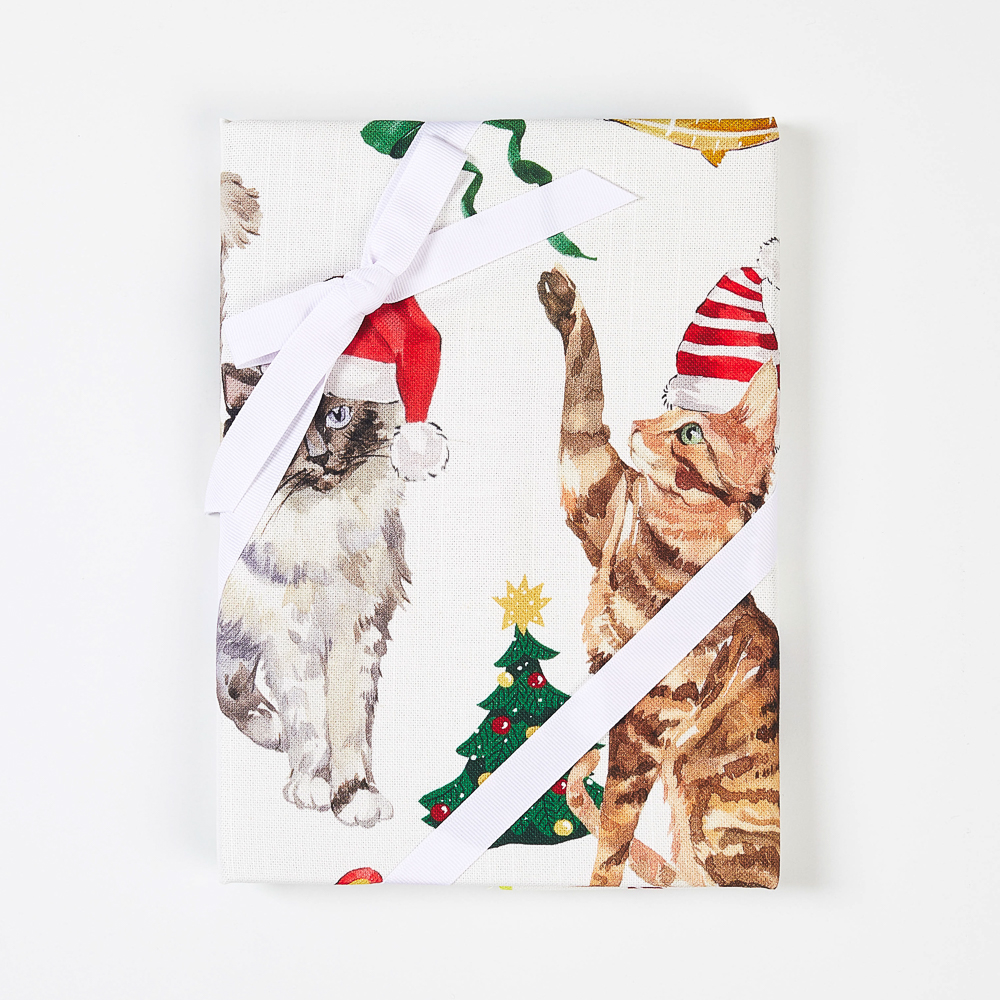
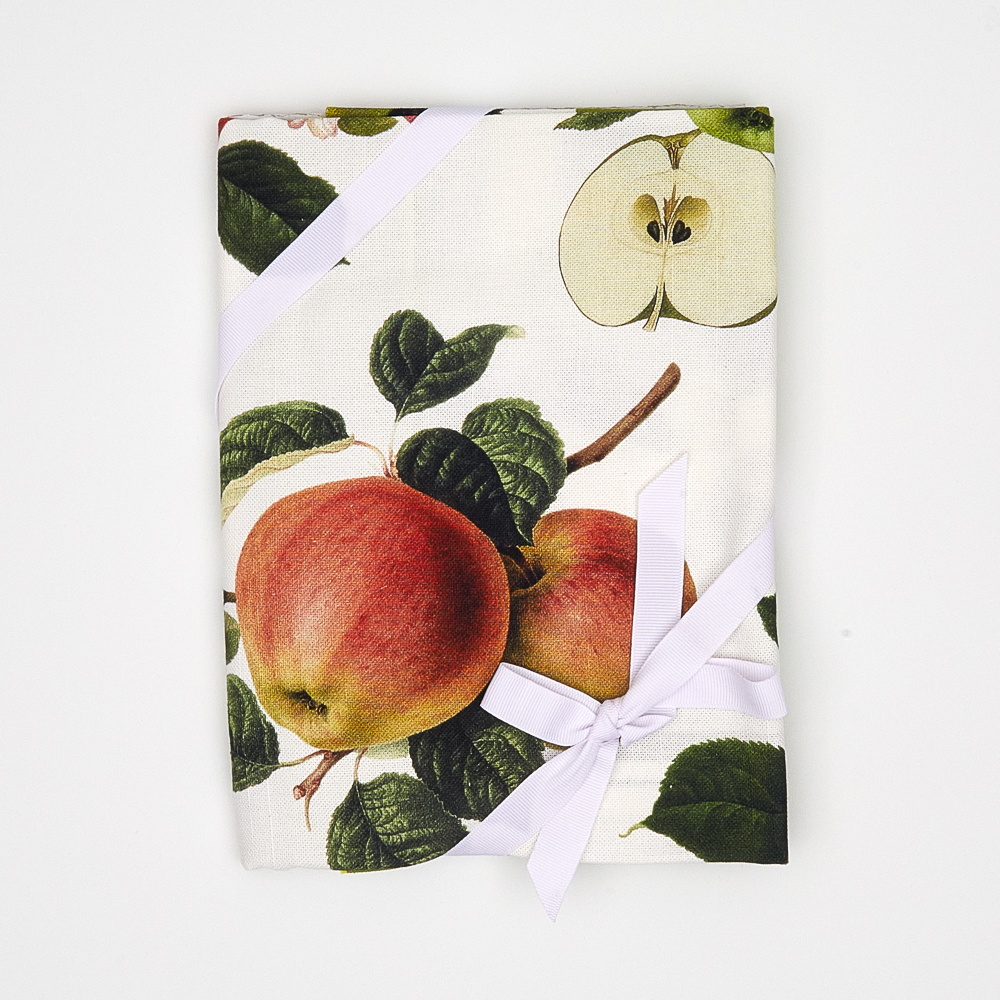
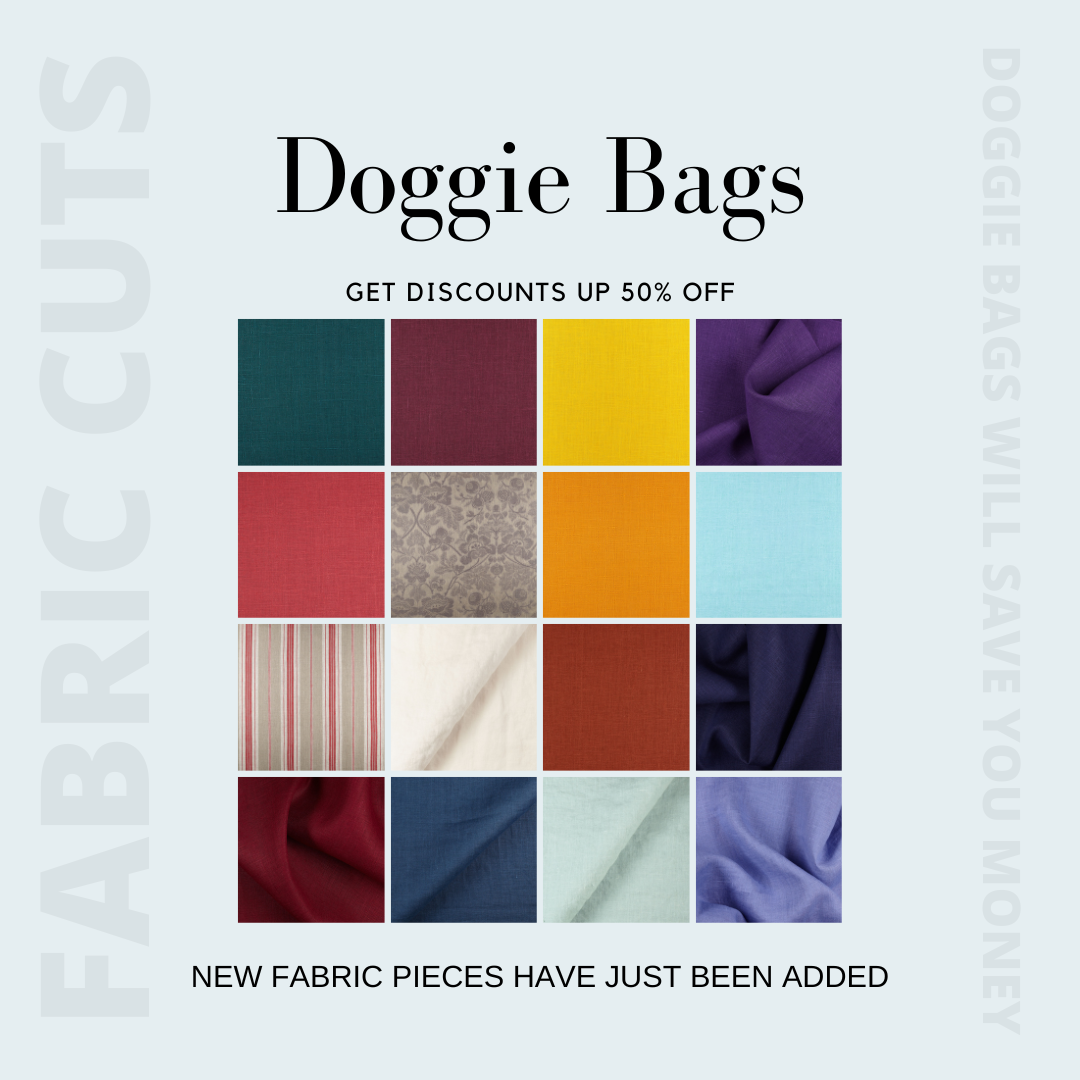


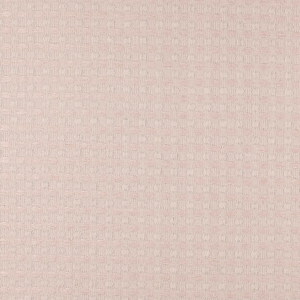

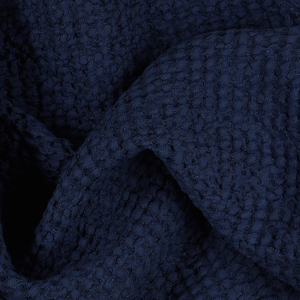
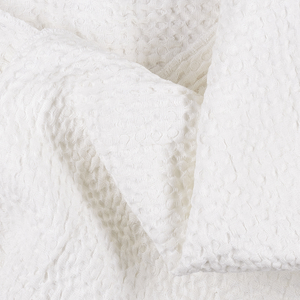

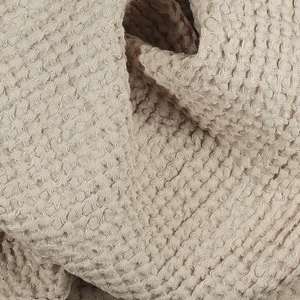
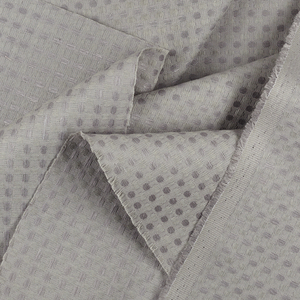

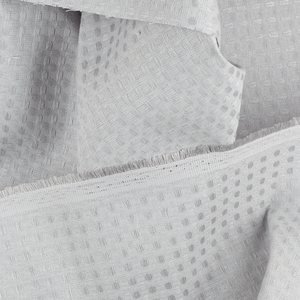

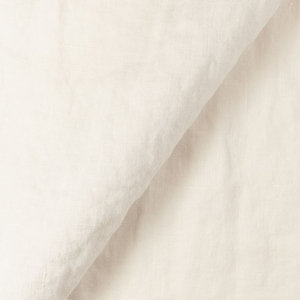
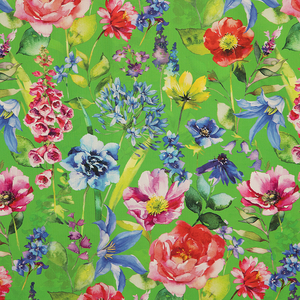
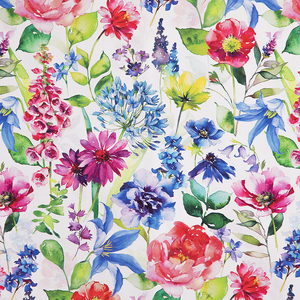
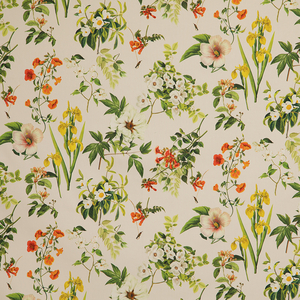
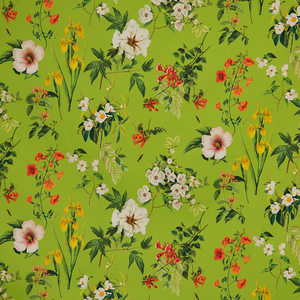
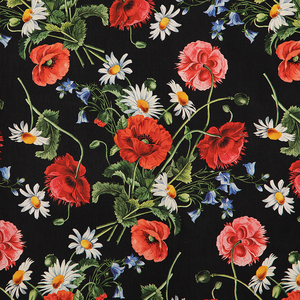
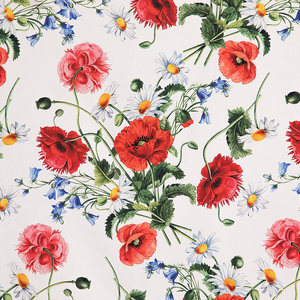
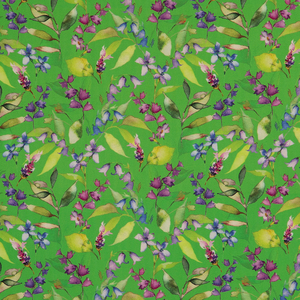
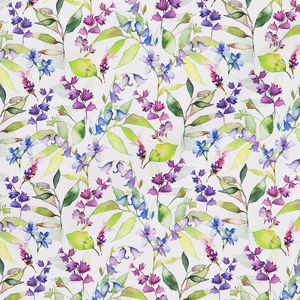
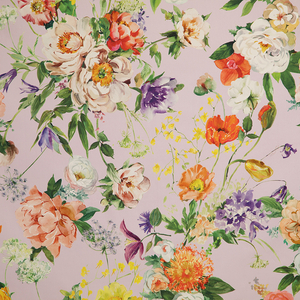
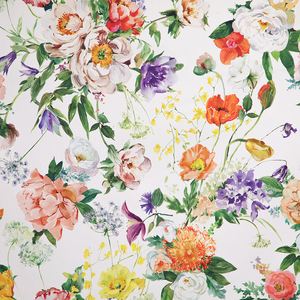
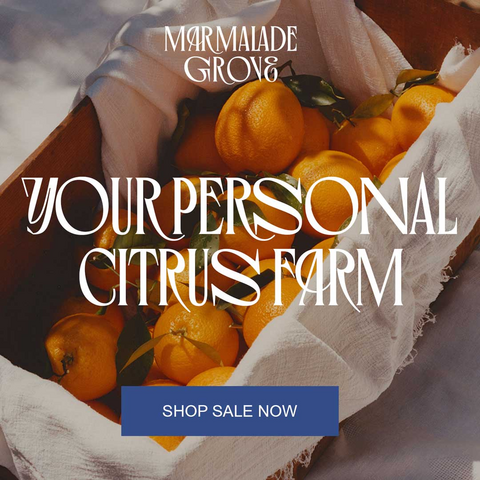

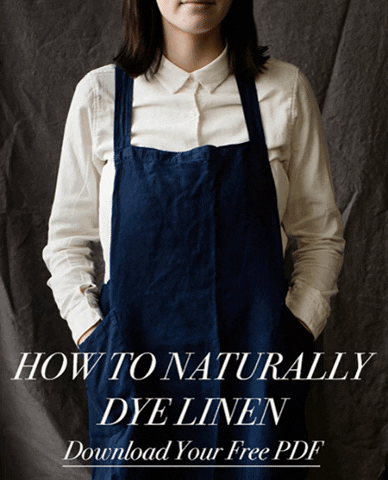

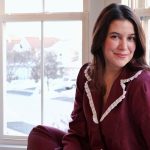
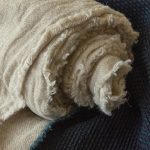
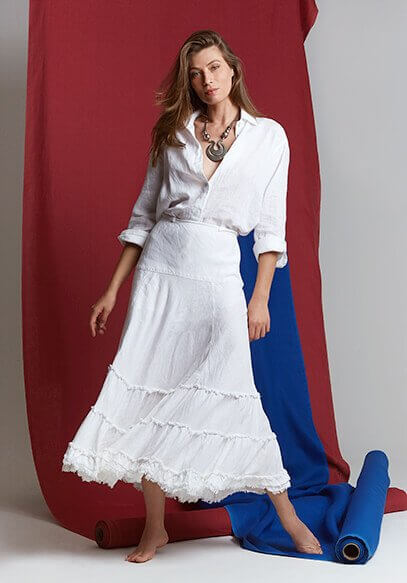
Leave a comment